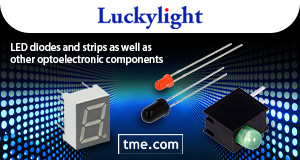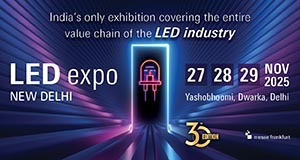Abstract
This power management tip article will introduce an alternative way to gener- ate an intermediate bus voltage, using a high power charge pump instead of a step-down buck regulator. Using a charge pump instead of an inductor-based step-down regulation offers higher conversion efficiency. This article focuses on the benefits of using charge pump technology for voltage conversion.
Introduction
In traditional power supply systems, a step-down buck regulator is commonly used to convert a higher voltage to a lower voltage. However, when an unregulated intermediate voltage rail is needed, an alternative technology, a charge pump, can offer higher conversion efficiency and cost savings by eliminating the need for an inductor component.
Using Charge Pumps for Intermediate Rail Generation
Intermediate voltage rails play a crucial role in power supply architecture, allow- ing the use of power converter ICs with lower voltage ratings and enabling more efficient voltage conversion stages with buck regulators, running at a more favor- able duty cycle than when doing a voltage conversion from a very high source voltage. Figure 1 shows a power supply architecture for a 12 V supply voltage, where a 6 V intermediate voltage is generated. Since the intermediate voltage rail is not directly utilized by the system, it does not require regulation. Instead, it is converted into the required supply voltages by the respective second power conversion stage using point-of-load buck regulators.
Figure 1. The use of an intermediate voltage of 6 V in 12 V systems.
To generate the intermediate bus voltage, a step-down switched-mode regulator (buck) with an inductor can be used, offering a conversion efficiency of approximately 90%. Charge pump technology provides an efficient alternative.
The LTC7825 charge pump converter achieves exceptional efficiency. With a conversion from 12 V to 6 V, it achieves 97.5% efficiency at a load current of 5 A (30 W) and nearly 96% efficiency at a load current of 10 A (60 W).
These high efficiencies are possible due to the sophisticated control system used for the integrated charge pump switches. This implementation also achieves excellent electromagnetic compatibility (EMC) behavior.
Figure 2. Generation of an intermediate bus voltage with a charge pump as a simplified circuit diagram.
Figure 2 shows a simplified circuit diagram of a charge pump circuit. This circuit operates without a control loop. The generated output voltage of 6 V follows the input voltage of 12 V, always maintaining a voltage that is half of the input. This free-running voltage conversion, without a control loop, achieves exceptional efficiency and low EMC behavior. An additional advantage is that the circuit does not require an inductor, which can be large and costly, especially at higher load currents.
Figure 3 shows a charge pump circuit with the LTC7825 in the simulation program LTspice® from Analog Devices. This software is an excellent tool for simulating charge pump topologies, providing insights into the features and limitations of this circuit type.
Figure 3. Investigation of an LTC7825 circuit with LTspice.
While charge pumps have been traditionally used in low power operations, newer devices, such as the LTC7825, enable their use at higher power levels, up to 100 W. For even higher power requirements, the LTC7820 is available as a control- ler with external switches.
Conclusion
If a voltage conversion is required that does not need precise regulation and should be half of an existing supply voltage, a charge pump circuit offers higher efficiency and excellent EMC performance, and eliminates the need for an inductor.
About the Author
Frederik Dostal is a power management expert with more than 20 years of experience in this industry. After his studies of microelectronics at the University of Erlangen, Germany, he joined National Semiconductor in 2001, where he worked as a field applications engineer, gaining experience in implementing power management solutions in customer projects. During his time at National, he also spent four years in Phoenix, Arizona (U.S.A.), working on switch-mode power supplies as an applications engineer. In 2009, he joined Analog Devices, where he has since held a variety of posi- tions working for the product line and European technical support, and currently brings his broad design and application knowledge as a power management expert. Frederik works in the ADI office in Munich, Germany.











